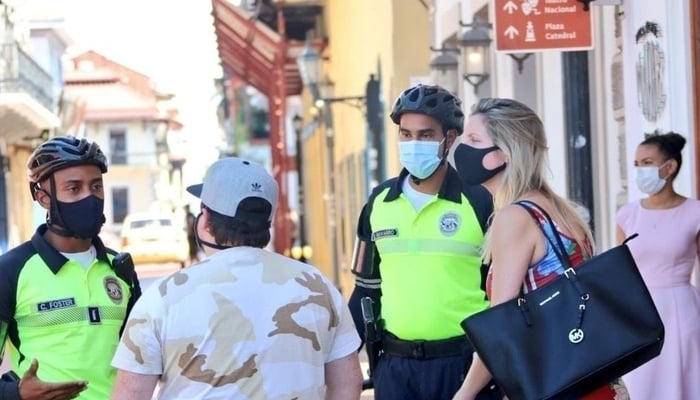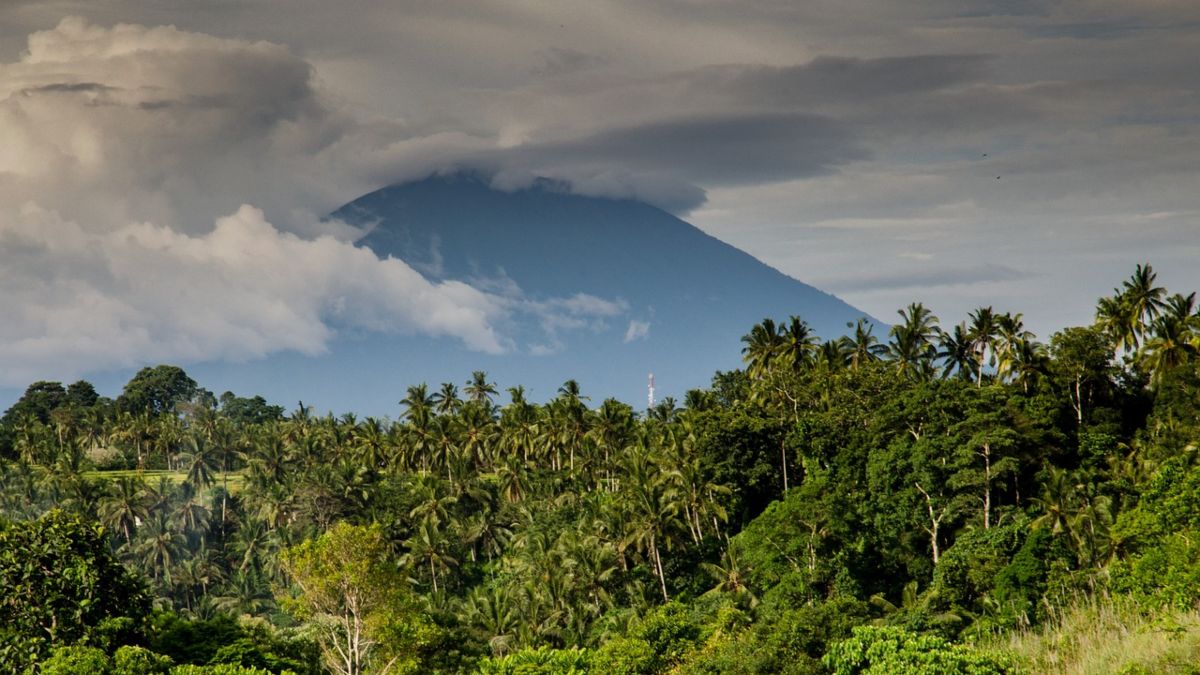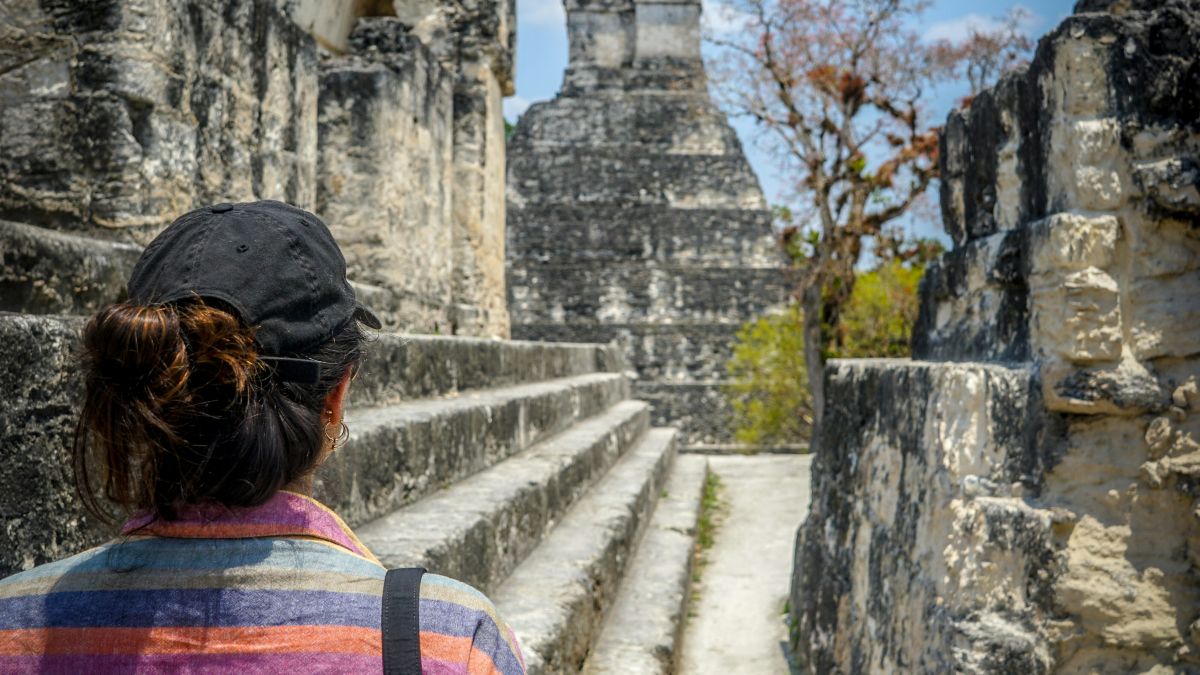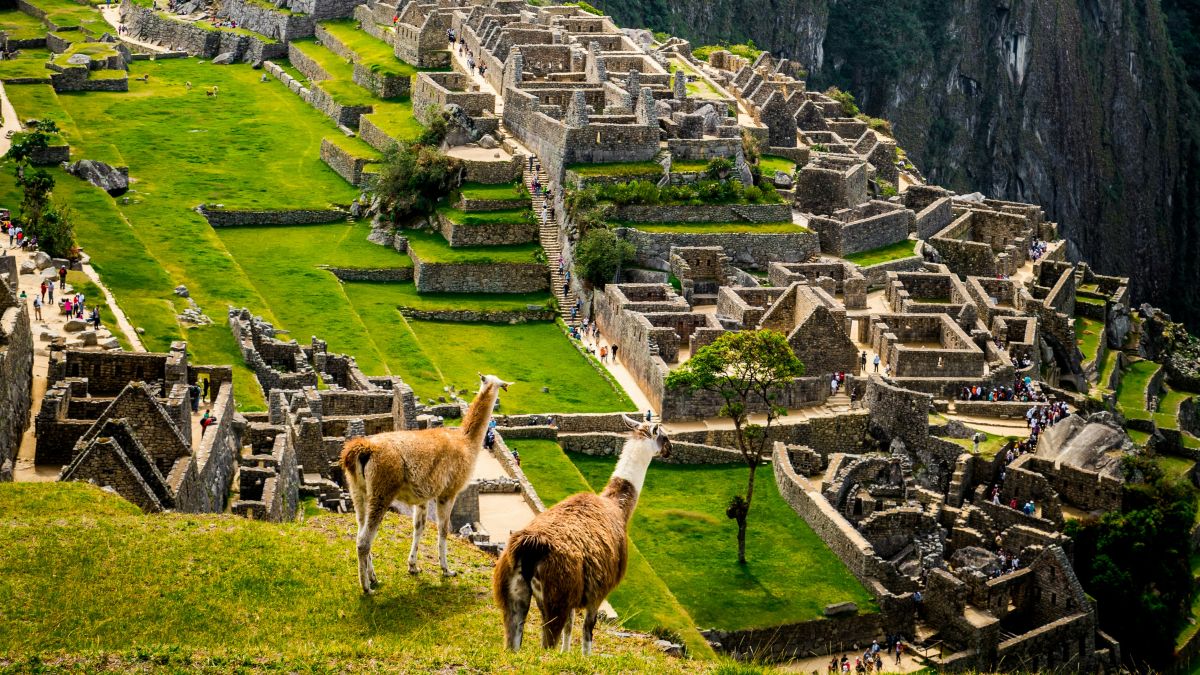Panama’s tourist police talk about their work this year during the COVID pandemic, which shut the country down and restricted travel.
During lockdown, the Panama tourist police coordinated safe passage for thousands of tourists. These were travelers stuck around the country, unable to move for the restrictions.
The COVID restrictions in Panama were among the strictest in Central America. During the curfew, the law prohibited travelers from moving between provinces without a letter of safe conduct.
#SociedadPA Los policías de turismo se han preparado no solo para cuidar las calles de los puntos turísticos de Panamá, sino para poder atender al turista. https://t.co/HXb5IxwBlL
— PanamáAmérica (@PanamaAmerica) November 8, 2020
The head of tourist police, Ernesto Robles, said the lockdown left over 6,000 tourists stranded.
Once Panama’s borders closed, tourists and cruise ship passengers found themselves stuck. They had to work with their consulates and embassies to coordinate rescue/repatriation flights out.
But for many people around the country, that wasn’t easy.
“We had tourists on Isla Colón in Bocas del Toro, Portobelo in Colón, Santa Catalina in Veraguas, and Pedasí in Los Santos. Mobilization was difficult for them due to internal travel restrictions. When they tried to leave, authorities refused them permission. So we had to coordinate their safe conduct to get them to Tocumen International Airport,” he said.
In some cases, the tourist police provided services in hotels to stranded tourists.
One well-known resort in Panama withdrew all its staff and security, leaving the tourist police to care for the guests.
Panama reopened for international tourism on October 12 and the tourist police say there’s been more visitors than they expected.
“Our main areas of coverage are Isla Colon in Bocas del Toro, Boquete, Volcan, and Tierras Altas in Chiriqui, Santa Catalina and Santiago in Veraguas; and Valle de Anton in Cocle. Also the beaches of Chame to Santa Clara in Panama Oeste and Portobelo, San Lorenzo, and Puerto Colon 2000 in Colon,” said Robles.
“Tourism contributes around $5 billion to Panama and generates around 140,000 direct and indirect jobs. If we do things well, we could develop this industry and benefit many Panamanians,” he continued.
“To work in the police we must be informed and trained to answer questions from tourists. If an answers isn’t available, we have to find it and provide it to the visitor.”
As Tocumen Airport reopens, Panama becomes Central America’s final country to welcome tourism back.https://t.co/C3h1396thB
— CentralAmericaLiving (@VidaAmerica) October 12, 2020
Crisanto Foster of the tourist police’s cycle unit works in Casco Viejo, Panama City.
His unit is well-prepared to help visitors, and his colleagues often impress with their local knowledge. Tourists don’t expect the police to provide them with historical info as well as security, he says.
Panama’s tourist police is more than simple security, though. They have to help tourists, know local history, and learn different languages. They’re trained as customer service agents and tour guides.
Over 313 tourist police units operate around Panama, protecting and helping visitors. The division is part of the Directorate of the Environmental, Rural and Tourist Police.
The directorate also looks after animal rescue and investigates environmental crimes. It works in national parks and protected areas. Officers in the directorate receive constant training from the Ministry of the Environment.
Personal de Costa y Mares de Panamá Oeste junto a unidades de la Policía Ambiental Rural y Turística de @ProtegeryServir y el representante de Puerto Caimito realizaron el rescate de un delfín varado en Playa Chiquita. #UnidosLoHacemos pic.twitter.com/kNDlWldshI
— Ministerio de Ambiente de Panamá (@MiAmbientePma) November 7, 2020
This article was rewritten in English and adapted from the original in Spanish by Tharyn Jimenez in Panama America on Sunday, November 8, 2020.
James Dyde is the editor of www.centralamerica.com. He lives in Escazu, Costa Rica.




